Why Japan’s Typhoon Talas Was So Deadly?
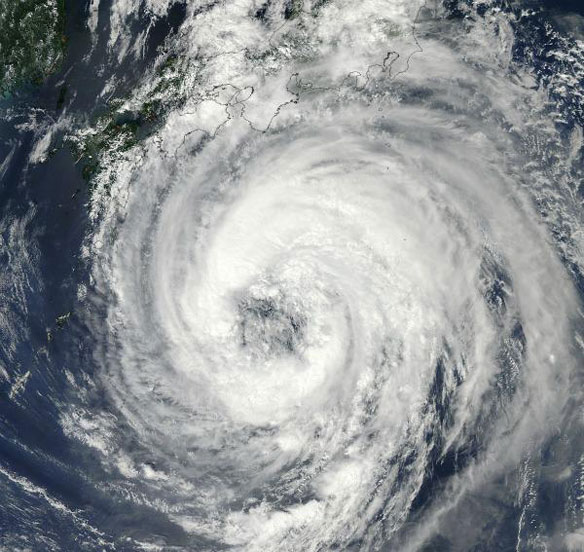
Typhoon Talas, a storm that swept across Japan over the weekend, has taken a terrible toll; the storm and its lingering effects have been the deadliest in seven years for the country. Much of the death and destruction is concentrated in three provinces in the island nation’s southwest.
Baltic Sea Countries Do Not Live Up To Commitments: WWF

The nine countries with a Baltic Sea coast are not doing enough to protect the very polluted body of water, the World Wide Fund for Nature (WWF) said in the Baltic Sea Scorecard 2011, a report that assesses how good the countries around the Baltic Sea are at implementing environmental measures and agreements.
Aerial Photos of Outer Banks Show Coastal Damage from Hurricane Irene
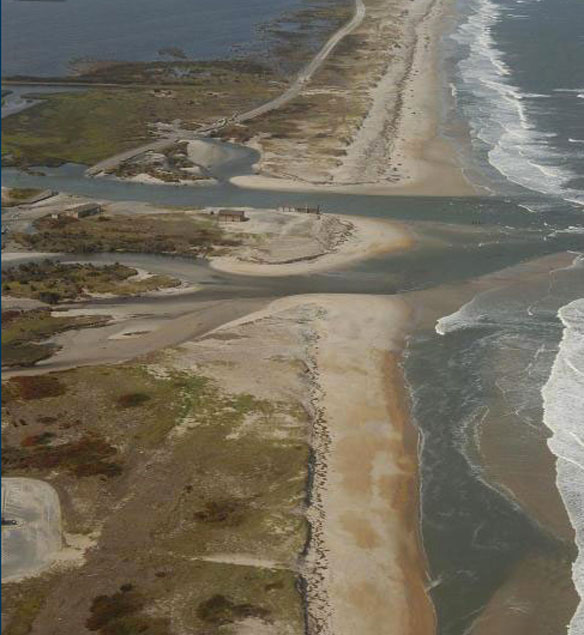
A series of before and after aerial photos of the Outer Banks show the impact of Hurricane Irene on the coastline, highlighting several breaches that severed a state highway and moved large volumes of sand inland.
Kelp Farming Is On Its Way
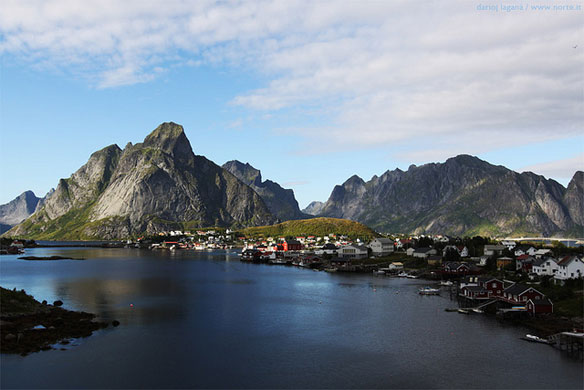
The Norwegian coastline, including all its islands, is twice as long as the Equator, thus possesses huge areas suitable for cultivating seaweed and kelp, and could provide two billion litres of kelp-based fuel a year, in a 15 million tons worldwide kelp-based industry. However, stricts quotas would need to be implemented as kelp forests are important nursery and feeding grounds for a wide range of invertebrates and fish…
Greenpeace calls on new Japan PM to delay school start for Fukushima kids

Greenpeace called on the Japan’s incoming Prime Minister to delay the September 1st opening of schools in Fukushima City, after a Greenpeace radiation monitoring team found dose rates exceeding international safety standards.
Irene Aftermaths : Floodings And Deaths
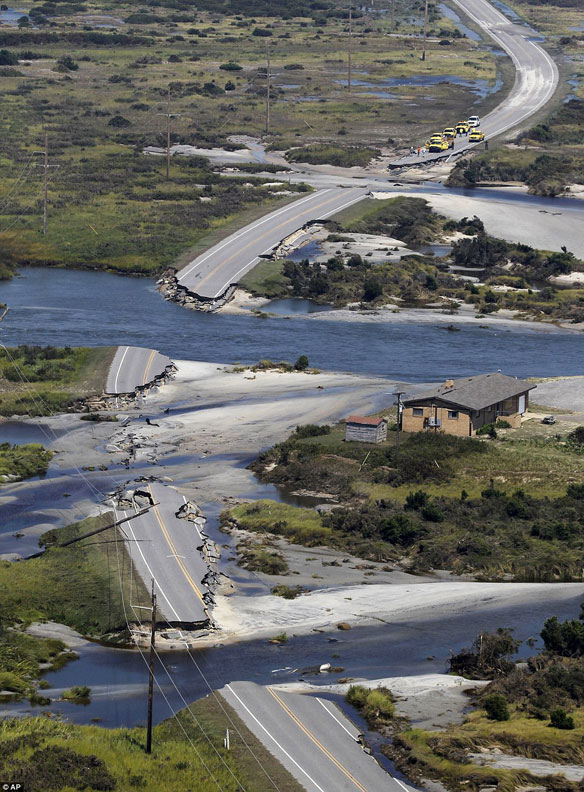
Causing unprecedented flooding in several states, post-tropical storm Irene has killed 40 people in the US, and authorities are warning that flooding could continue for up to three days in northern states. USGS scientists are already assessing landslide potential for areas in the path of Hurricane Irene’s rainfall.
USGS In the Surge Sampling for Nutrients, Sediment, E. coli, and Pesticides
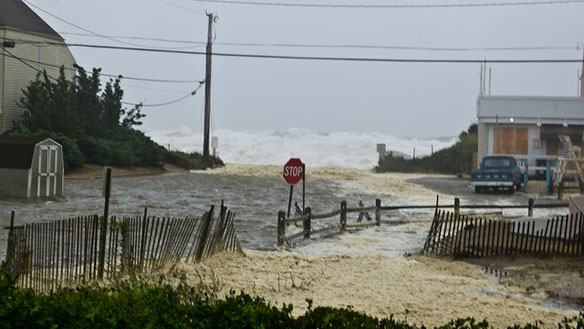
As Hurricane Irene has left her mark along the East Coast, USGS crews are sampling water for pesticides, E. coli, nutrients, and sediment to document water quality in areas affected by the hurricane.
Toxic Algae Still Turns Brittany’s Beaches Green

One year after the French Government launched a National Plan Against Green Algae, toxic seaweed which have accumulated on beaches in Brittany, are still causing great problems along the country’s coastlines. All summer long, there have been constant and costly efforts to remove tons of toxic algae from beaches, but no sooner than the seaweed is removed, more grows.
Hurricane Irene Opens New Inlets on Hatteras Island
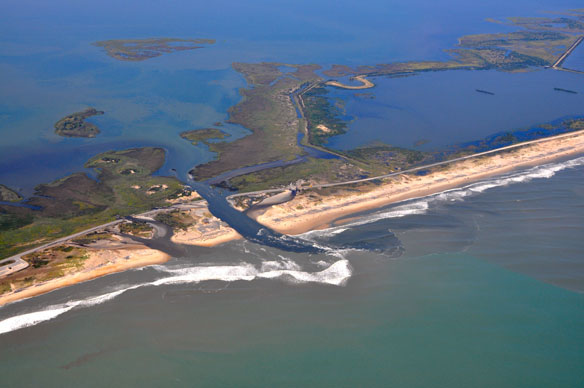
Personnel from the Program for the Study of Developed Shorelines (PSDS) are actively surveying the North Carolina coast following the passage of Hurricane Irene. Center Director Dr. Rob Young completed a surveillance flight of the northern Outer Banks Sunday morning and filed a first report of storm impacts.
